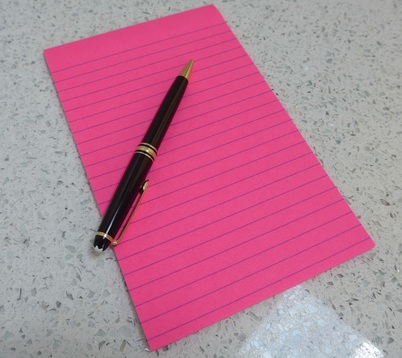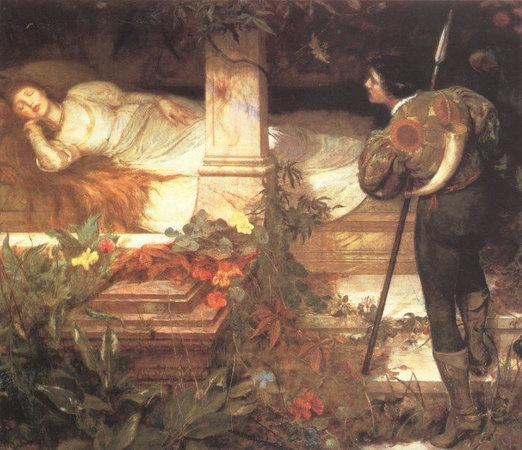|
While I was at the AWP (Association of Writers and Writing Programs) conference, I spent a lot of time in the book fair. I enjoyed chatting with the editors of literary magazines and small presses. If a journal had published me in the past, I stopped in and thanked them. If I wasn't familiar with a journal, I asked about what they published and what they were interested in seeing more of.
At one table, the journal Microfiction Monday was handing out large post-it notes and asking people to write a 100-word story for possible publication in the journal. I took a note, thinking that if I got an idea for a story I would write one quickly for the contest, but not really expecting to turn one in. I go to AWP without expecting to actually do any writing, hoping instead to get inspired. At the convention, I attended an excellent panel on magical realism in Southern California. However, that wasn't the only reading I went to with magical realist elements. These readings made me think about my own writing. Was I writing magical realism? I had to conclude that with a few exceptions (such as "Psychic Cleaners," and "Friendly Beasts") I either wrote realism (most of my work) or fantastical fiction, such as the odd ghost story or fairy tale. Magical realism (as I understand it) is in-between: an fantastic element injected in an otherwise realistic tale. I felt a sudden urge to write some magical realism. Thinking about magical realism I had read, I thought about how often a person turned into an animal, or a dead person came back as an animal. A large number of those transformations involved birds. Writers seldom seemed to follow Kafka's lead and transform characters into less glamorous creatures. Immediately, I thought of opossums. Specifically, I remembered one staring at me from my backyard avocado tree, and also a small one at my parents' house that I thought was dead but really wasn't. So I wrote a magical realist story about an opossum. I will confess, though, I wrote it on my computer, then copied it onto the post-it.
0 Comments
In 2013, the fine journal Prick of the Spindle published an essay of mine called "No Choice" in their online journal. However, after my piece had been up there for a while, the journal went through a redesign and refocusing. The online journal features book reviews, art, interviews and film. The literary journal became print only. In the process, their archive went offline, and my essay was no longer available at the site.
While I was at the AWP (Association of Writers and Writing Programs) conference, I got to talk with Prick of the Spindle's editor. She mentioned that she was working to get the archive back on the web site, and that in fact, the nonfiction was available again. Sure enough, I went to the site and found my piece, now with FABULOUS new artwork. If you haven't read "No Choice," or if you want to check out the new artwork, here it is: No Choice. What happens when Sleeping Beauty wakes up? That was the question I asked myself when I started writing my story "After Waking," which has just been published in The Quotable. Just think how weird it would be to wake up and find you'd slept away a century. In some versions of the tale, everyone sleeps in the castle along with Sleeping Beauty. How would those people see her? How would she see them? And how would she react to her long sleep?
For starters, I thought, she might have trouble sleeping. When I blog about stories, I sometimes like to talk about what inspired the story or how the writing process worked (as I did when I blogged about the talking cat story.) "After Waking" did have an unusual road to completion, but I'm not going to write about it here because I wrote a short piece on it for The Quotable blog. I will post a link when it goes live. |
Author
Ann Hillesland writes fiction and essays. Her work has appeared in many literary journals, including Fourth Genre, Bayou, The Laurel Review, and Sou’wester. Categories
All
Archives
February 2024
© Ann Hillesland 2015-2017. Unauthorized use and/or duplication of this material without express and written permission from this site’s author is strictly prohibited. Excerpts and links may be used, provided that full and clear credit is given to Ann Hillesland with specific direction to the original content.
|


 RSS Feed
RSS Feed